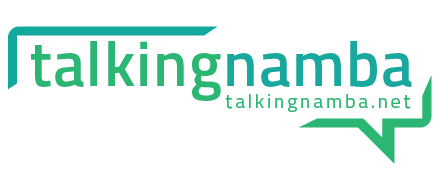Where are they now?
Counts collections to at least 10 starting from 1
Where to next?
Counts forwards and backwards from known, concealed, or given number in range to 10
Purpose
Counting is a complex activity which involves three main understandings; that numbers are named in a fixed sequence, that one number is counted per object and that the last number counted names the count. This sequence moves students from simply memorising a sequence of numbers, through understanding that counting is about ‘how many’, visualising and using numbers mentally and building place value understanding to count more efficiently as well as understand the composition of very large numbers.
Activities and Assessments (designed to moves students from level 2 to level 3)
One Before, One After
Focus: Recognising the numbers one before and one after a given number helps students to count on or count back from any number in the range to ten. It is also a skill that they can build on to create strategies that will help them solve arithmetic problems mentally .
How: See One Before, One After game sheet
Beehives – Counting On
Adapted from ‘Beehive’, Developing Efficient Numeracy Strategies Stage 1 page 34. NSW Department of Education and Training, Professional Support and Curriculum Directorate 2003
Focus: When initially given a problem where they must count on from a given collection, students often start counting again from one rather than counting on from the number given. It is important to encourage students to count on from the number given as a more efficient strategy. The reverse side of the beehive board (showing the bee outlines) can be used as an extra scaffold if students are having difficulty understanding the problem. Also, if students are having difficulties counting on, they may need referring to the One Before, One after game.
How: See Beehives – Counting On sheet
Beehives – Counting on from hidden collection (Video Example)
Adapted from ‘Beehive’, Developing Efficient Numeracy Strategies Stage 1 page 34. NSW Department of Education and Training, Professional Support and Curriculum Directorate 2003
Focus: When students begin to ‘trust the count’, it is important to give them the opportunity to count on from a concealed from a number that is not represented by visible items. This requires them to hold a number ‘in their head’ and helps to develops key skills that can be used in mental arithmatic strategies later.
How: See Beehives – Counting on from hidden collection sheet as well as Video Example below
Assessment Points – Counting collections
Place a collection of counters (10 or fewer) in front of a student. Ask them to determine ‘how many counters’ as quickly as possible. Note the method they use (eg do they count ones, twos or even make a subcollection of 5?). If they find the task easy, try with a greater number of counters.
